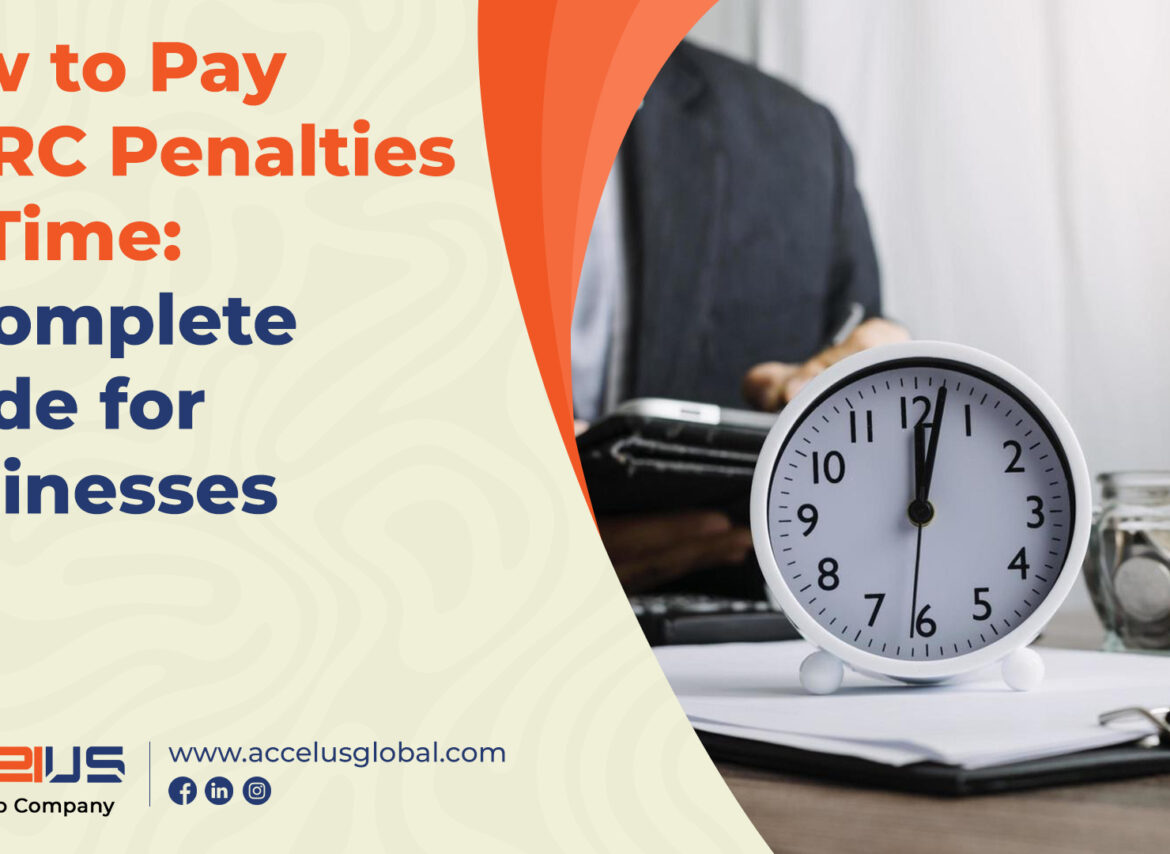When it comes to managing your business’s tax obligations, ensuring timely payments to HM Revenue and Customs (HMRC) is crucial. Missing deadlines—even unintentionally—can result in penalties, interest, and added stress. This blog outlines the various ways you can pay HMRC, along with the timelines, reference details, and best practices to avoid late payment issues.
How to Pay HMRC Penalties on Time: A Complete Guide for Businesses
Why Timely Payment Matters
Whether you’re settling PAYE penalties, VAT liabilities, or any other HMRC charges, understanding your payment options helps you stay compliant and avoid unnecessary fines. The time it takes for your payment to reach HMRC depends entirely on the method you choose. And importantly, payments can no longer be made at the Post Office.
Payment Methods and Timelines
Here’s a breakdown of how long each payment method takes to reach HMRC:
Same Day or Next Day Payment Methods:
- Online or telephone banking (Faster Payments)
- Through your online bank account
- CHAPS
- Debit or corporate credit card (online only)
- In person at your bank or building society (where applicable)
Takes 3 Working Days:
- Bacs transfers
- Direct Debit (if previously set up with HMRC)
- Cheques (sent via post)
Takes 5 Working Days:
- Direct Debit (if setting it up with HMRC for the first time)
Note: If a payment deadline falls on a weekend or bank holiday, ensure that your payment reaches HMRC on the last working day before the deadline, unless you’re using Faster Payments.
How to Pay HMRC
Let’s explore the payment options in more detail.
1. Pay by Direct Debit
You can set up a Direct Debit through your business’s HMRC online account for a one-time payment. Here’s what you need to know:
- Use the 14-character payment reference number starting with ‘X’, which you’ll find on the HMRC penalty notice.
- Avoid using your PAYE Accounts Office reference, as this can delay your payment.
- First-time setup takes up to 5 working days. Subsequent payments using the same bank details are usually processed in 3 working days.
- If your Direct Debit hasn’t been used in over two years, confirm with your bank that it’s still active.
2. Pay via Online or Mobile Banking
This method allows you to pay penalties directly using your online or mobile banking platform.
Steps:
- Begin by selecting ‘pay by bank account’ on the HMRC portal.
- You’ll be redirected to your bank’s login page to approve the payment.
- You can even choose a future date for the payment, provided it’s before the due date.
- Always verify that the payment has been debited on time. Although usually instant, it may take up to 2 hours to reflect.
3. Bank Transfer (Online or Telephone)
You can make a payment using:
- Faster Payments
- CHAPS
- Bacs
Transfer funds via your online bank or by calling your bank directly.
Conclusion
Staying on top of your HMRC payments is essential for maintaining your business’s compliance and avoiding unnecessary penalties or delays. Whether you choose Direct Debit, online banking, or traditional bank transfers, it’s important to understand the processing times and use the correct reference numbers.
By planning ahead and choosing the right payment method, you can ensure your payments are received on time—every time. If you’re ever unsure about the process or need assistance with penalty notices, our team is here to help you navigate HMRC requirements with confidence and accuracy.
Get in touch with AccelUS to know more!





